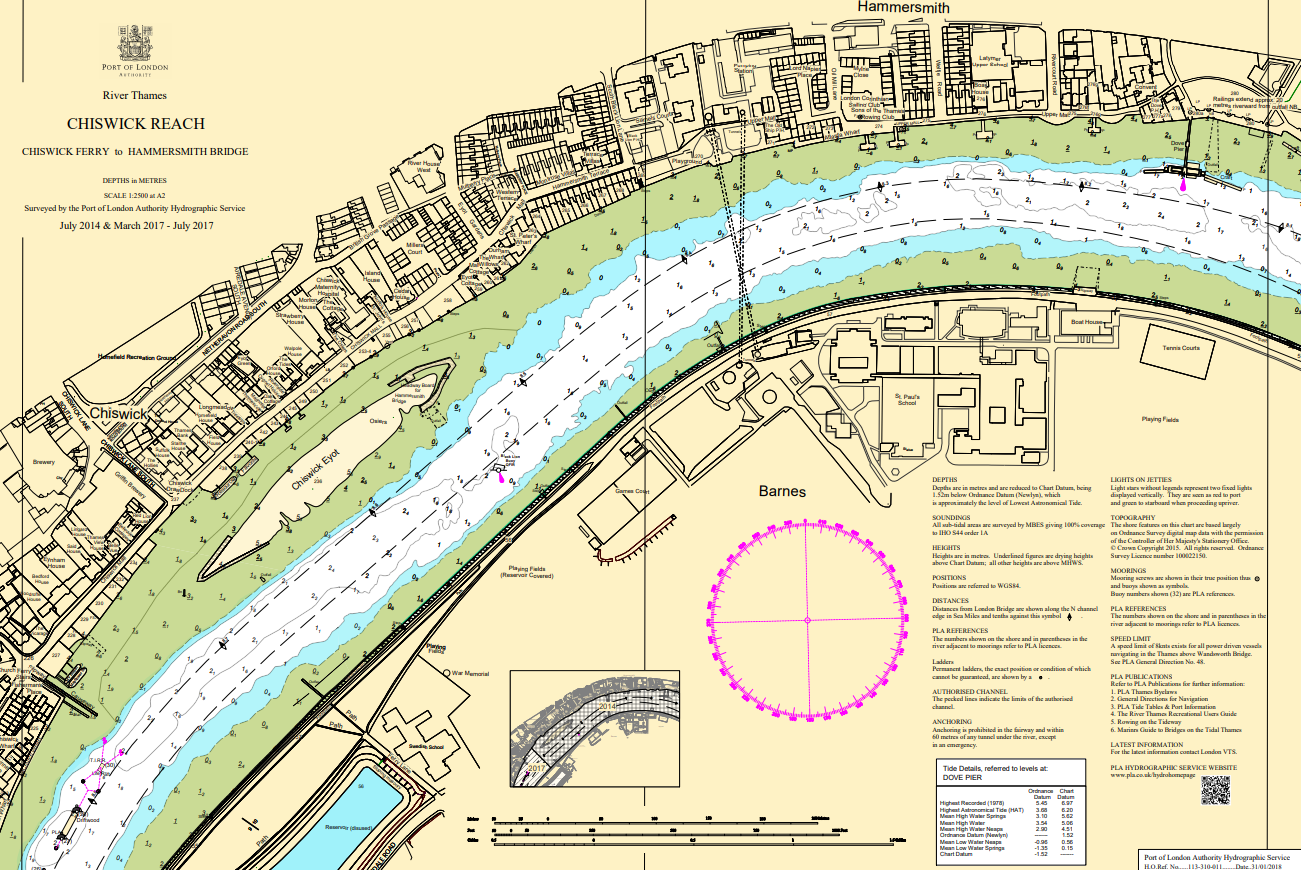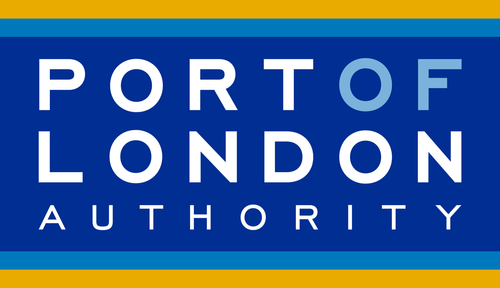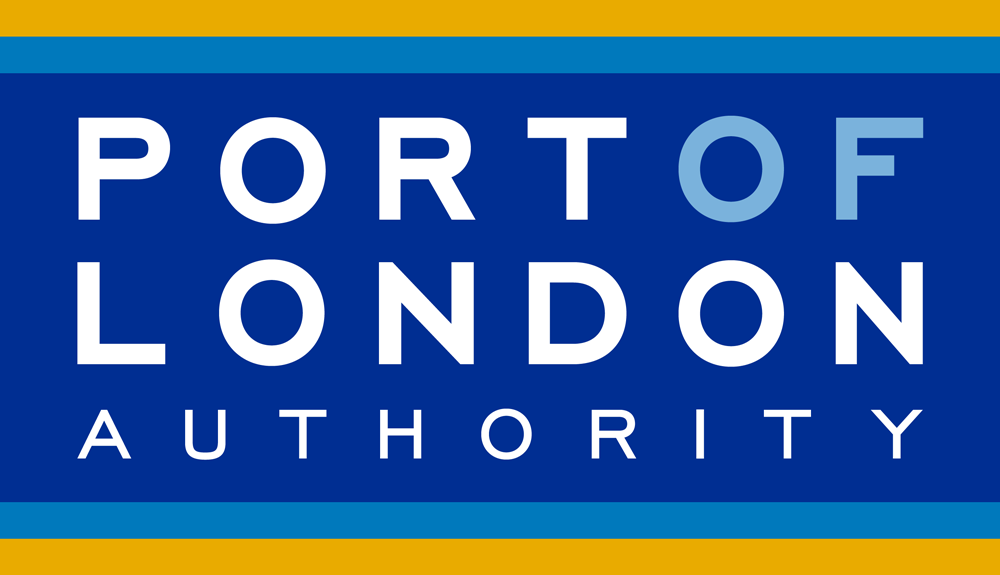Live Tides
NOTICES TO MARINERS
Charts & Surveys

Hydrographic charts, surveys and miniplots are available online from our GIS system
Incident reporting
Life-threatening emergencies on the river:
Call 999 and ask for the Coastguard
For near miss, safety observations and incident reporting click below
Maintenance Dredge Protocol and Water Framework Directive Baseline Document - Oct 2014
PDF Download
Related content
Clean Thames Plan
Priority action plan for a clean Thames (2024-2030)
Read More...
Terms and conditions for the purchase of goods and services
Read More...
Riverside Code
Read More...
NAABSA Berth Procedure
The NAABSA (Not Always Afloat But Safely Aground) Procedure provides guidance for Berth Operators, Agents, Ship Operators and vessel Masters in order to safely operate/use a NAABSA berth in the Port of London.
Read More...
Discover


